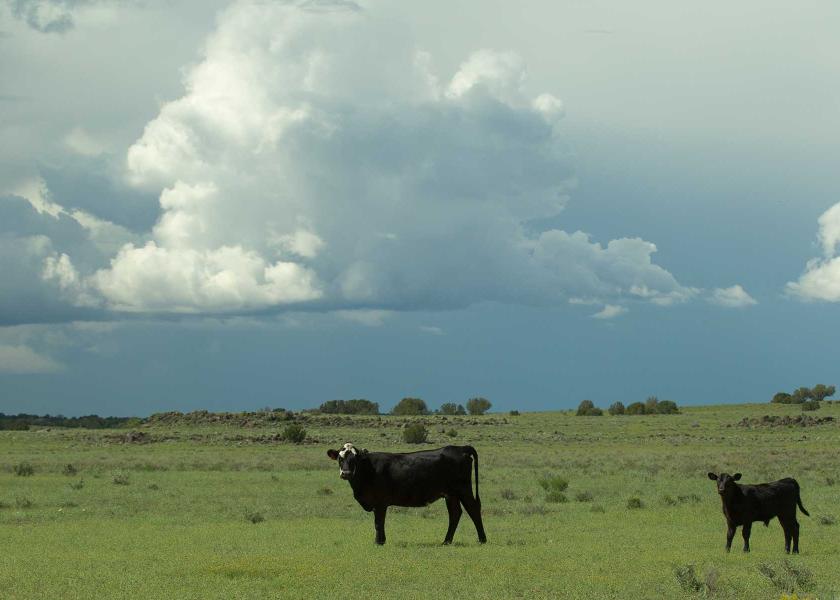U.S. Farmers and Ranchers Lead on Sustainability

U.S. farmers’ and ranchers’ world-leading sustainability efforts, including the U.S. beef community’s commitment to reach carbon neutrality by 2040, the U.S. pork community’s goal to reduce greenhouse gas (GHG) emissions by 40% by 2030, and the U.S. dairy community’s commitment to achieve GHG neutrality by 2050, are among the significant contributions highlighted in the most recent edition of the Animal Agriculture Alliance’s Sustainability Impact Report.
Released in advance of Earth Day, the report provides the latest data on the nutritional benefits of meat, milk, poultry, and eggs and details U.S. animal agriculture’s achievements in modern environmental stewardship, animal care, judicious antibiotic use, and food safety. These achievements contribute to reaching the United Nations Sustainable Development Goals.
Less than 2% of Americans work on the farms and ranches that produce food options eaten in nearly all American households (for example, 98% of American households purchase meat). U.S. farmers’ and ranchers’ world-leading modern practices allow them to produce more food today using fewer resources than at any time in the past, serving as a global benchmark for efficiency.
“Farming and ranching provide the food, fuel and fiber that millions of families around the world depend on,” said Hannah Thompson-Weeman, Alliance vice president, strategic engagement and incoming president and CEO. “This Earth Day, we are taking stock of the animal agriculture community’s remarkable sustainability achievements and our ambitious commitments for the future. The Sustainability Impact Report clearly demonstrates the unique nutrition and food security benefits of meat, milk, poultry, and eggs and the success of efforts to continuously improve animal agriculture’s contributions to a healthy environment.”
Report highlights include:
- Nutrient-dense animal proteins are low-calorie and critical sources of essential nutrients. One 3-ounce serving of lean beef takes up less than 10% of a healthy daily calorie allowance while delivering half the daily protein recommended for adults.
- The U.S. dairy community supplies the protein requirements of more than half the U.S. population and the calcium requirements of 77% of Americans.
- The U.S. pork community reduced land use by 76% and water use by 25% from 1960 to 2015, producing more pork today with a smaller carbon footprint per pound.
Furthering these contributions and achievements, the Animal Agriculture Alliance and organizations across animal agriculture also partner through the Protein PACT, the largest-ever effort to strengthen animal protein’s contributions to healthy people, healthy animals, healthy communities, and a healthy environment.
For more information, including resources and to read the full report, click here.







